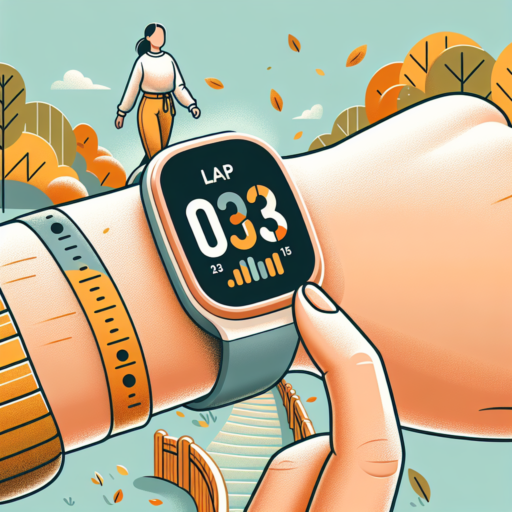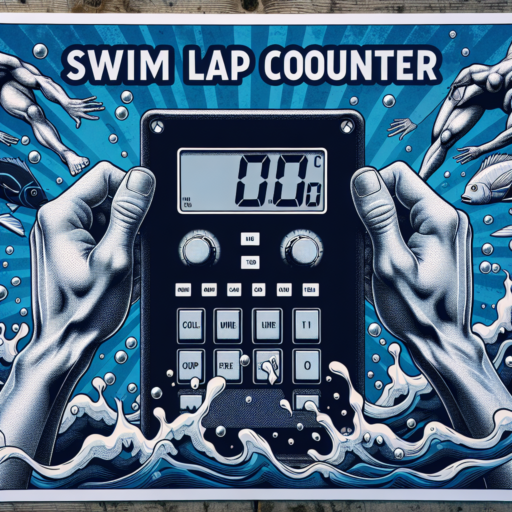What was Eliud Kipchoge’s heart rate?
Understanding the heart rate of Eliud Kipchoge, the marathon world record holder, provides intriguing insights into the physiology of elite endurance athletes. While precise data on Kipchoge’s heart rate during his record-setting performances is closely guarded, sports scientists estimate it to be an epitome of efficiency and endurance. Typically, elite marathoners like Kipchoge can maintain a heart rate in the range of 160 to 180 beats per minute (bpm) over the course of a marathon.
During rigorous training sessions and races, Kipchoge’s heart rate is a critical measure that indicates his physical condition and performance capacity. Notably, his ability to sustain a lower heart rate for longer periods is a testament to his unparalleled endurance and cardiovascular conditioning. This physiological trait enables him to perform at peak levels over the grueling 26.2 miles of a marathon without hitting the proverbial ‘wall’ that many runners face.
Furthermore, experts suggest that Kipchoge’s heart rate variability (HRV), another important metric, is exceptionally high. A high HRV signifies a robust autonomic nervous system capable of efficiently managing stress, fatigue, and exertion during long-distance races. This aspect of Kipchoge’s cardiovascular fitness underpins his remarkable consistency and resilience, allowing him to recover quickly and maintain a formidable pace throughout the entirety of a marathon.
What is the resting heart rate of a marathon runner?
The resting heart rate of a marathon runner often intrigues both the medical community and fitness enthusiasts alike. Generally, athletes in peak physical condition, especially those who specialize in endurance events like marathons, tend to exhibit lower than average resting heart rates. This is because their cardiovascular systems are incredibly efficient, allowing their hearts to pump a larger amount of blood per beat, thus requiring fewer beats per minute to sustain their bodily functions while at rest.
A typical resting heart rate for most adults ranges between 60 to 100 beats per minute (bpm). However, for marathon runners, this figure can be significantly lower, often observed to be anywhere from 40 to 60 bpm. This lower resting heart rate is a direct consequence of their rigorous training regimes and the physiological adaptations their bodies undergo to support long-distance running. The extended periods of elevated heart activity during running makes the heart muscle stronger, hence more efficient at pumping blood.
It’s important to note, though, that while a lower resting heart rate can be indicative of good cardiovascular health and stamina, the exact number can vary widely among individuals. Factors such as age, sex, fitness level, and even genetics play a crucial role in determining one’s resting heart rate. Thus, while the 40 to 60 bpm range is typical among marathon runners, this is not a universal standard, and some well-trained athletes might fall slightly outside this range.
No se han encontrado productos.
What is the best heart rate for runners?
Finding the best heart rate for runners is essential for both optimizing performance and ensuring safety. The heart rate zone that is considered ideal varies depending on several factors, including age, fitness level, and running goals. Understanding and targeting this sweet spot can significantly enhance a runner’s efficiency and stamina over time.
Understanding Your Maximum Heart Rate
To determine the best heart rate for running, one must first calculate their Maximum Heart Rate (MHR). A popular method is the formula 220 minus your age. This gives you a rough estimate, which can then be used to determine your desired heart rate zones for various types of training sessions – from easy runs to high-intensity interval training (HIIT).
Optimal Heart Rate Zones for Runners
Most training plans are centered around heart rate zones, which are percentages of your MHR. For endurance training and long runs, staying within 70-80% of your MHR is often recommended. This zone enhances cardiovascular capacity and fat burning. Conversely, intervals and shorter, high-intensity sessions should reach 80-90% of your MHR, aiding in improvements in speed and power. Remember, these percentages are guidelines; personal comfort and medical advice should also be considered in your training.
What is the max heart rate for racing?
Understanding the maximum heart rate for racing is crucial for athletes to optimize their performance without overstepping their health boundaries. The max heart rate (MHR) is the highest number of beats per minute (bpm) your heart can safely achieve through exercise. While this number can vary greatly from person to person, a common formula to estimate your MHR is to subtract your age from 220. However, it’s important to note that individual differences such as fitness level, genetics, and altitude can influence your true MHR during races.
To apply this knowledge effectively, racers often undergo specific tests under professional supervision to determine their personal MHR. This not only helps in setting realistic training and racing goals but also in minimizing health risks associated with overexertion. Athletes may utilize heart rate monitors during races to ensure they are performing within their optimal heart rate zones, which are typically expressed as percentages of their MHR.
Finding the right balance in your heart rate zone during races is key. For instance, racing at 85-95% of your MHR is common in high-intensity scenarios, allowing for maximum performance while still being within a safe threshold. Understanding and respecting your body’s limitations are essential in racing, as sustained exertion beyond your max heart rate can lead to fatigue, decreased performance, and even health dangers.




